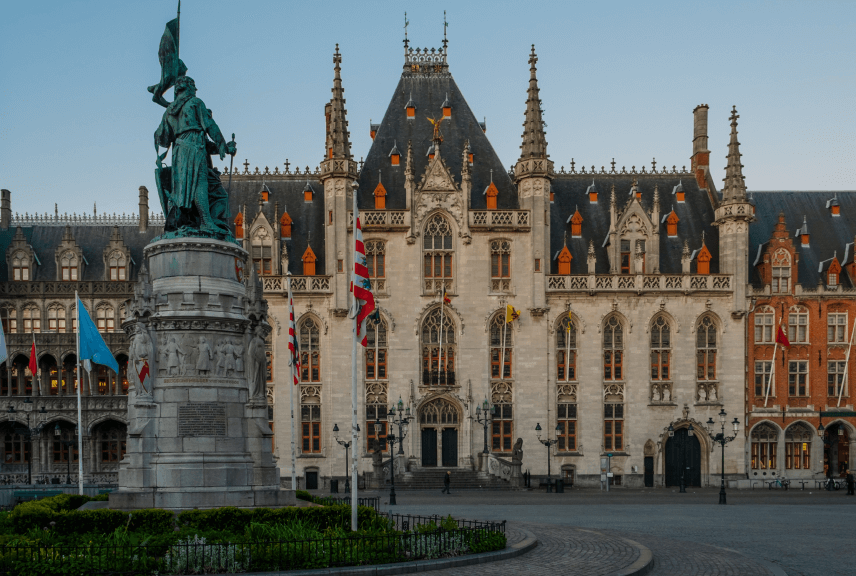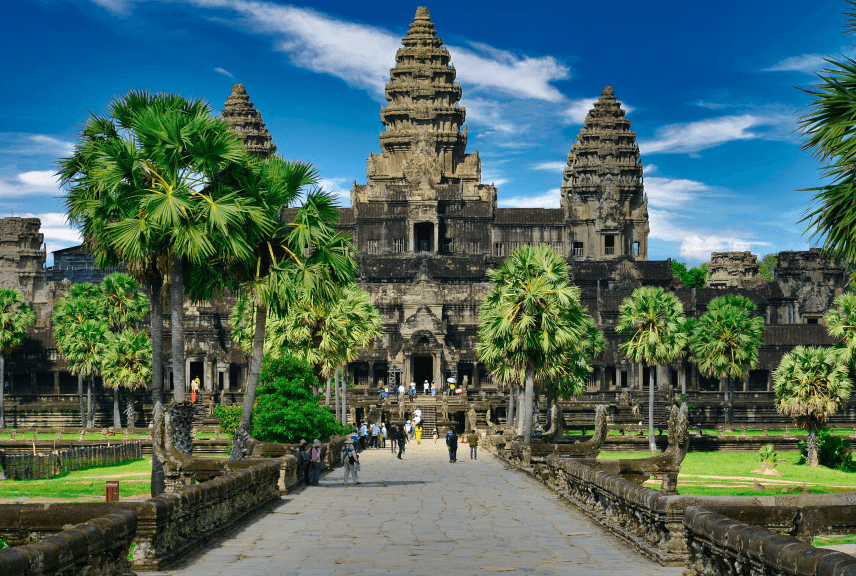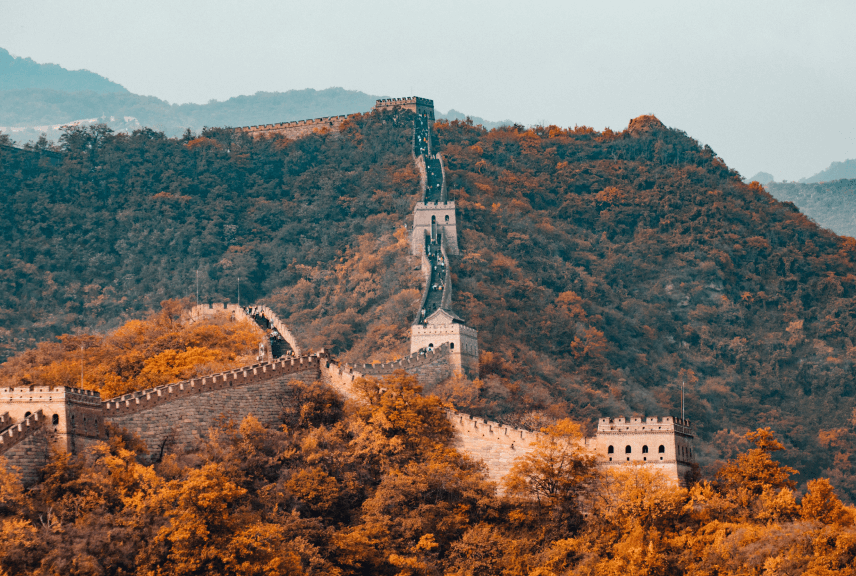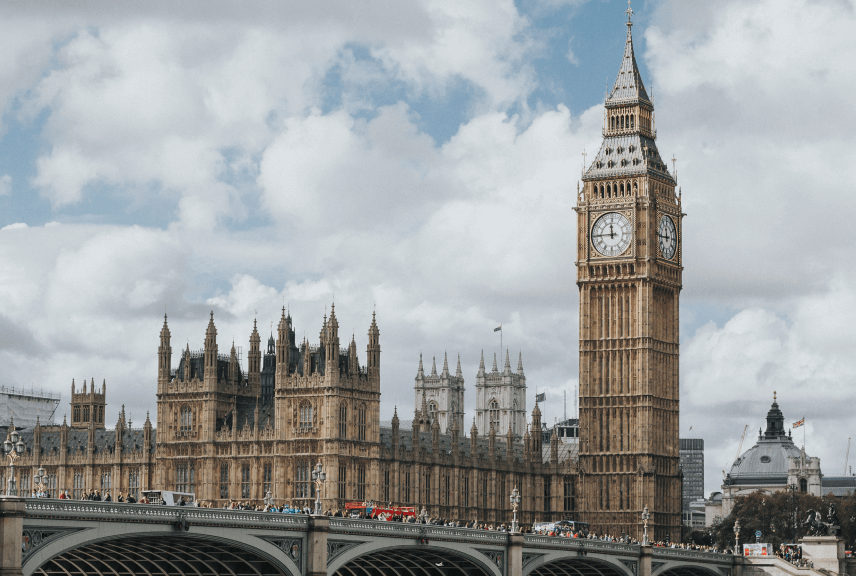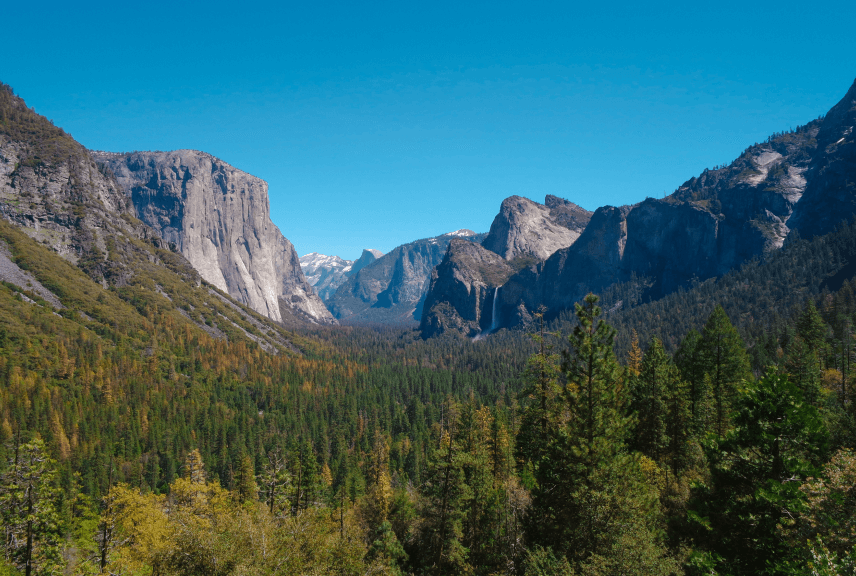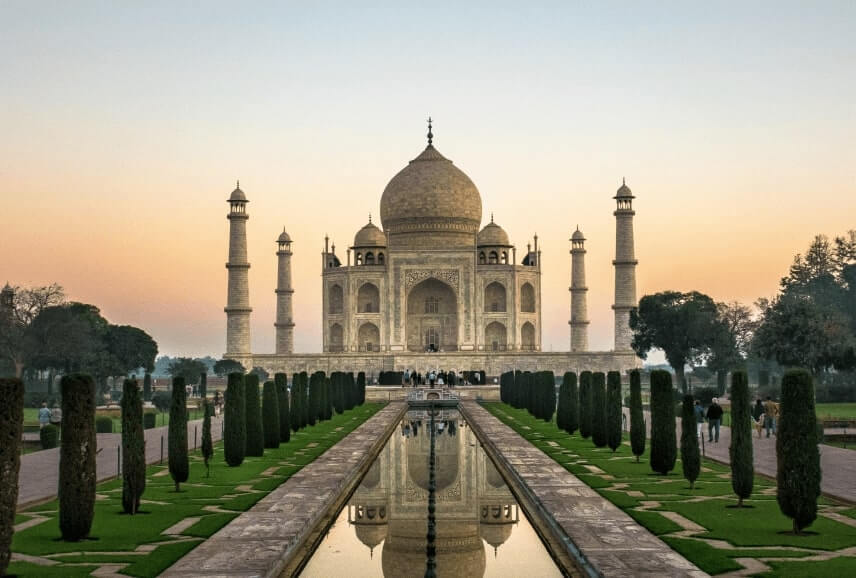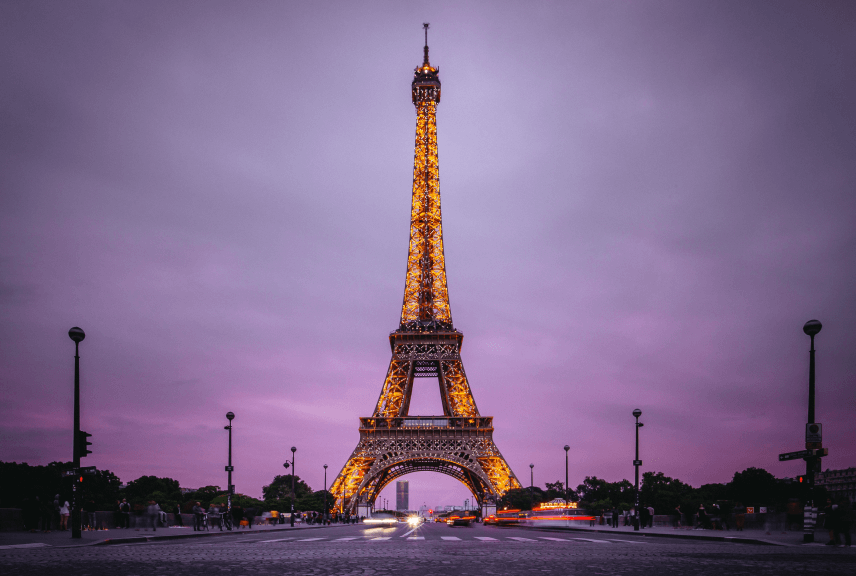Qudsia Bagh
Qudsia Bagh is located on the main Shamnath Road, north of Inter State Bus Terminal (ISBT), and near Kashmiri Gate. The garden dates back to the mid-eighteenth century. Laid by Nawab Qudsia Begum in 1748, the dancing girl who later became wife of Emperor Muhammad Shah, the garden once housed a palace, waterfall, a mosque, a summer lodge and a beautiful flower and fruit garden.

However, a greater part of the garden was used to construct the Inter State Bus Terminus and the adjacent tourist campsite. Set out in a typical Persian Charbagh style, the only remains of the Bagh are its imposing western gateway, the Qudsia mosque located near the intersection of Ring Road and Boulevard Road about 300 meters to the east, and a couple of pavilions in carved red sandstone. Qudsia Masjid was the private mosque of the emperor and his wife, and was built in a very simple style. Surmounted by three domes, the mosque has three arched openings and was repaired in 1833-34 by Bahadur Shah II.
It is said that the Qudsia Palace was built like a fort, enclosed by high walls. However, this palatial building along with other buildings was destroyed during the 1857 war. After the war, the British appointed the able gardener Smith to look after the garden. The gateway and the mosque were recently restored and efforts have been made to bring the garden back to its original beauty. At present it is a very good place to relax and rest, away from the hustle and bustle of nearby Old Delhi.
